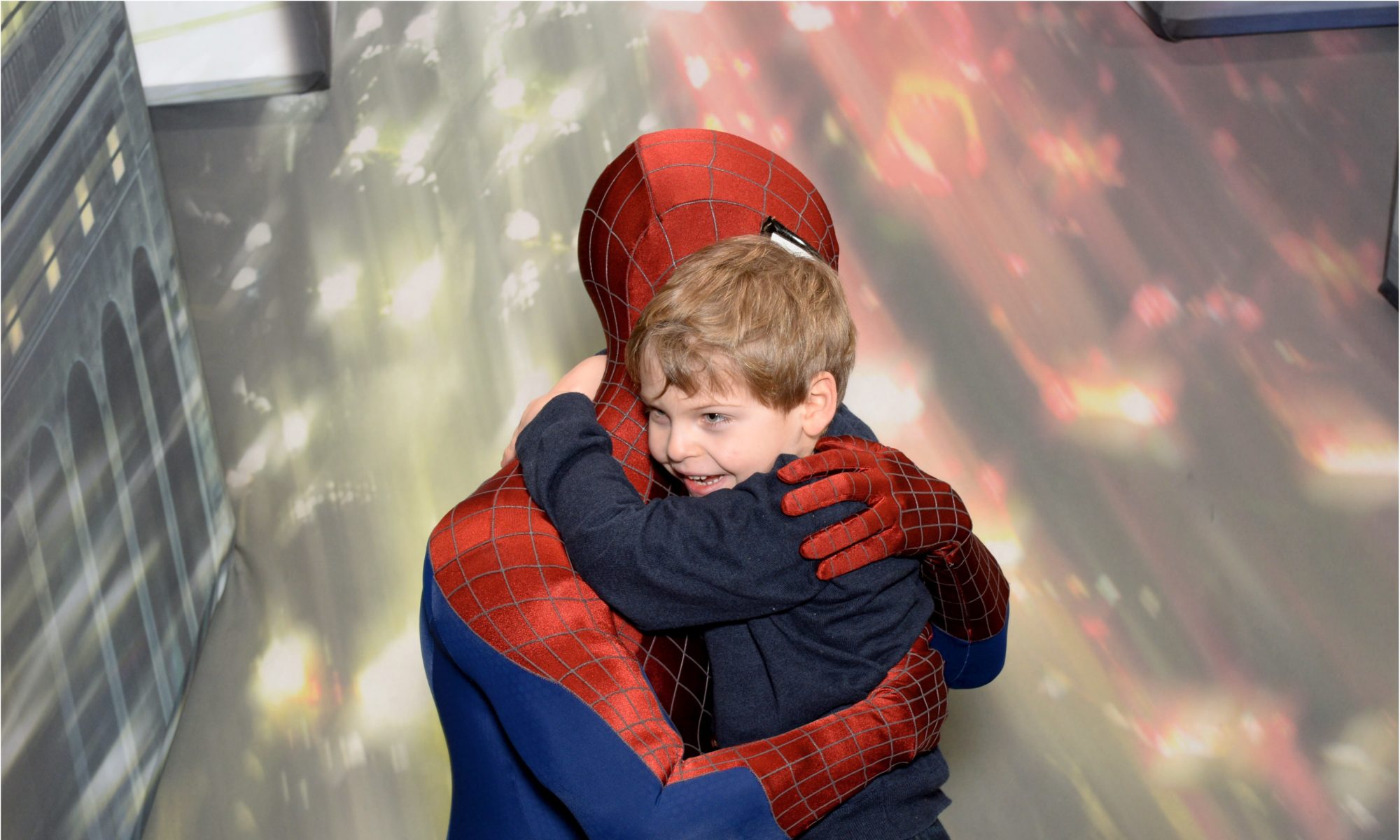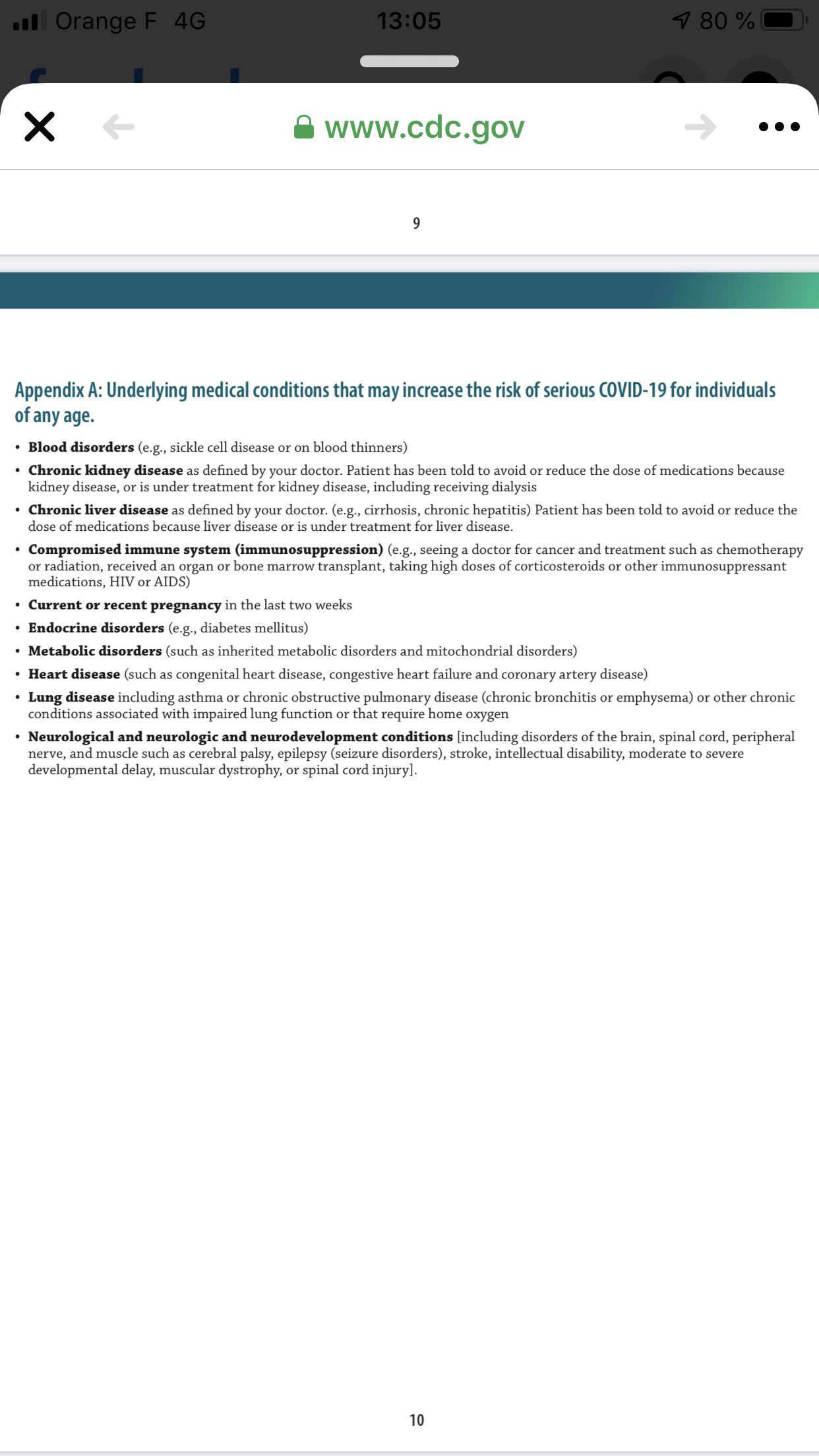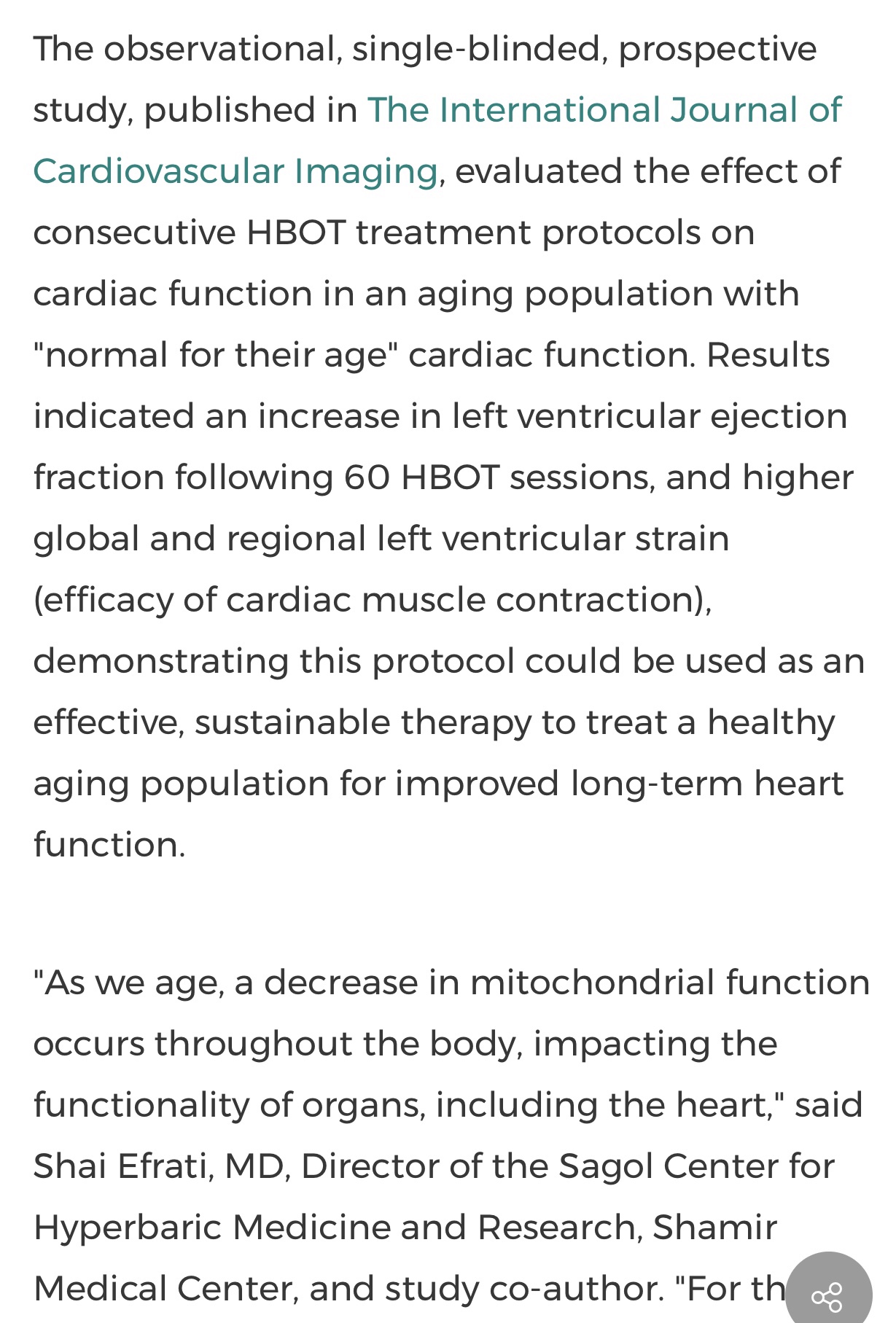Interview : by Enrique Basurto :
Link to lisen: https://www.facebook.com/AutismResearchCoalition/videos/2830606040559221/
Key takeaways from our live interview with Dr. Joanne Kurtzberg today re. the results of the phase-II trial using cord-blood infusions in children with Autism,
1. As noted in the Discussion section of the publication, the research Team believes that the lower than needed sample of children with non-verbal IQ > 70 might have compromised the results of the study. However, although the study did not meet the target outcome (as measured by the Vineland socialization scale), there were statistically significant improvements in the higher non-verbal IQ (NVIQ) cohorts particularly in 4-to-7 y.o. in communication scales, eye tracking and EEG
2. Currently, there are 3 stem cell studies for Autism where the Duke Team is involved: a) Using cord tissue MSCs (where 500-1,000 doses could be extracted from a single cord and therefore multiple infusions could be received) with 4-to-7 year olds with NVIQ > 70 (with NVIQ measured at Duke as opposed to remotely in order to -hopefully- ensure statistical significance next time). b) A study in China aiming at diagnosing and treating Autism using cord-tissue infusions earlier in life. c) A small trial with ASD adults ages 18 to 35. These 3 trials are already funded but currently on hold due to COVID-19 but are expected to resume ASAP. Dr. Kurtzberg noted that in the future, it is possible that a combination of multiple stem cell sources could show higher efficacy than any individual source could achieve on its own, e.g. starting with a cord-blood infusion followed by cord-tissue MSCs infusions every 3-6 months to sustain benefits
3. In order to get FDA-approval for cord-blood infusions in the US, it is necessary to show definite benefit in a phase-III randomized placebo controlled trial. To that effect, the Duke Team believes that the results from the phase-II trial are compelling enough to seek funding for a phase-III trial with cord blood infusions in 4-to-7 year olds with NVIQ > 70. (As a side note, limiting the sample to 4-7 y.o. with NVIQ > 70 does not mean that lower functioning children could not benefit from cord-blood infusions, that is simply to delineate the inclusion criteria that is most likely to demonstrate benefits in the shortest amount of time)
4. During the course of the phase-II trial, the vast majority of parents who « guessed » when their children had received the cord-blood infusion (as opposed to the placebo) based on the improvements they observed in behaviors, focus, concentration, socialization, testing and communication (by ether increasing their vocabulary or by appropriately using the words they had) were correct. OTOH, The placebo effect was reportedly higher than expected, part of the reason why this could have happened was due to the tools used to assess improvements in 2-to-4 year olds, specially given the fact that this is an age where children in general could potentially acquire various skills
5. In principle, it is possible to get FDA-approval for an expanded access program using donor cord-blood infusions for children with Autism. However, the waiting list for the autologous infusions already surpasses the capacity of the Team at Duke. That said, Duke is currently working with a few other clinics/centers/hospitals to open up expanded access programs around the US (e.g. MD Anderson, Rutgers, etc.) that can provide access to cord-blood infusions without the long waiting lists
6. Although MSCs can be manufactured from adipose tissue or from the bone marrow, based on several studies, Dr. Kurtzberg believes MSCs from umbilical cord tissue are more potent. That said, studies using MSCs using bone marrow have also shown positive outcomes in Autism. Dr. Kurtzberg mentioned exosomes are controversial and have not been studied as much as MSCs. MSCs activate macrophages so the use of exosomes without MSCs may not cause the kind of benefits compared to when MSCs are present
7. Regarding prep work, the research Team has not found any indication that diets, supplements or other biomedical treatments can increase that chance of success from stem cell therapy
8. In theory, infusing HLA-matched (or partially HLA-matched) cord-blood in a recipient should increase the amount of time that the donor cells can survive in the recipient’s body. Also, by infusing HLA-matched cord blood there is less chance of « sensitizing » the recipient’s system against foreign HLA which could potentially make the recipient develop antibodies that could limit the donor base later in life if transfusions were needed for other reasons
Publication -> https://autismresearchcoalition.files.wordpress.com/2020/07/0-1.pdf
#AutismIsMedical #AutismIsTreatable #1in54 #FlattenTheAutismCurve #AutismPandemic #TheRealPandemic
« In a subanalysis of children without intellectual disability (ID), allogeneic, but not autologous, CB was associated with improvement in a larger percentage of children on the clinician-rated Clinical Global Impression-Improvement scale”
And: “Children without ID treated with CB showed significant improvements in communication skills (VABS-3 Communication Domain), and exploratory measures including attention to toys and sustained attention (eye-tracking) and increased alpha and beta electroencephalographic power.”
“The rationale is that CB CD14+ monocytes act through paracrine signaling to modulate brain inflammation and/or immune abnormalities, improving brain function and behavior.”
“One hundred eighty children, aged 2-7 years (mean ± SD, 5.47 ± 1.65) who met DSM-5 criteria for ASD participated. Diagnosis was based on the Autism Diagnostic Observation Schedule-217 and Autism Diagnostic Interview, Revised.18 Participants were screened for a genetic cause of ASD with testing for Fragile X and chromosomal microarray. Inclusion criteria included (1) negative genetic testing, (2) qualified CB unit with a minimum banked total nucleated cell dose of ≥2.5 × 107 cells/kg or ≥4/6 HLA-matched allogeneic unrelated CB unit, (3) stable on medications for ≥2 months, (4) ability to travel to study site twice, (5) English speaking, and (6) normal absolute lymphocyte count (≥1500/μL).”
But : “Infused dose was not associated with the primary and secondary outcomes, with the exception of the CGI. The allogeneic cohort received a higher TNC dose compared with the autologous cohort (3.8 × 107/kg vs 2.7 × 107/kg) making it impossible to determine whether the effect in the allogeneic group was due to the higher cell dose or to CB type.”
“When participants with NVIQ ≥70 were analyzed separately, the results indicated that participants without ID who were treated with CB exhibited significantly increased relative alpha powerposterior/toys (P = .02) and significantly increased relative beta1 powerall brain regions/social (P = .02) compared with the placebo group (Figure 5). No main effects were found for theta or gamma power.”
“However, for children without ID, clinician CGI ratings indicated that children treated with allogeneic CB, but not those treated with autologous CB, showed improvement over placebo. Children without ID also showed significantly greater improvement in a prespecified secondary outcome measure of VABS Communication SS when treated with CB compared with placebo.”






